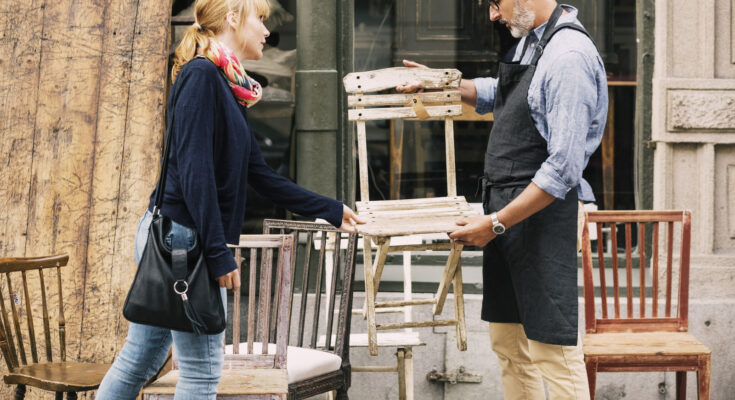How To Maintain Patina Without Damaging Your Antiques
Antiques and vintage pieces are the perfect way to fill your home with style, character, and a sense of age and history not always provided by newer furniture. These pieces are often marked by their age when you look closely, be it stylistic markers of their original era or just the wear that many years of love and use can create. Patina is a term often used when talking about older items, usually in reference to wood or metal that shows signs of use or age. This can mean burnished metal handles or discoloration in often touched areas of wood, like the arm of a chair. These markers not only show the item’s age, but can often be a big part of that character that makes adding antiques to a room even more desirable. While proper overall care and cleaning can keep your antique looking good, there are some key ways to get a clean finish without damaging or deteriorating the existing patina that you want to keep.
Patina happens for many reasons under differing conditions. For wood and metal, the oils on human hands, as well as other cleaning products over the years, can cause a discoloration or fading of the original finish that can manifest as extra shine, a change in tone, or as a lightening or darkening. They can be caused by chemical reactions, fading from direct light, and general wearing away of the finish to reveal what is underneath. This patina, however, differs from dirt, debris, and deteriorations like wood rot or weakening rust that can damage the integrity of a piece. Usually, a genuine patina is a sign of an investment that only gets better as time passes.
How to clean and care to retain patina
Storing your antiques properly can be a great way to prevent the existing patina that drew you to the antique from changing. Try to provide your pieces the environment they need, such as regulating temperature, moisture, and direct sunlight when styling your antique home decor. Many recommend professional cleaning or restoration for valuable pieces, but others you can tend to yourself. A dry or damp rag or feather duster can help keep things free of dust and debris, while a rag with a mild soap can tackle dirtier jobs. Avoid harsh cleaners like bleach or ammonia that can damage finishes.
For wood pieces, common store-bought products, like Pledge, can lead to wax build up. You can usually get a cleaner, less problematic shine to wood using Murphy’s Oil Soap Mixed with water. Make sure you allow antiques to dry thoroughly before adding any protectants or wood moisturizers like Minwax, working slowly in small areas to prevent any warping. For metals, many recommend Renaissance Wax, bees wax, or a clear lacquer to preserve existing patina and stop any deteriorating rust patches.


